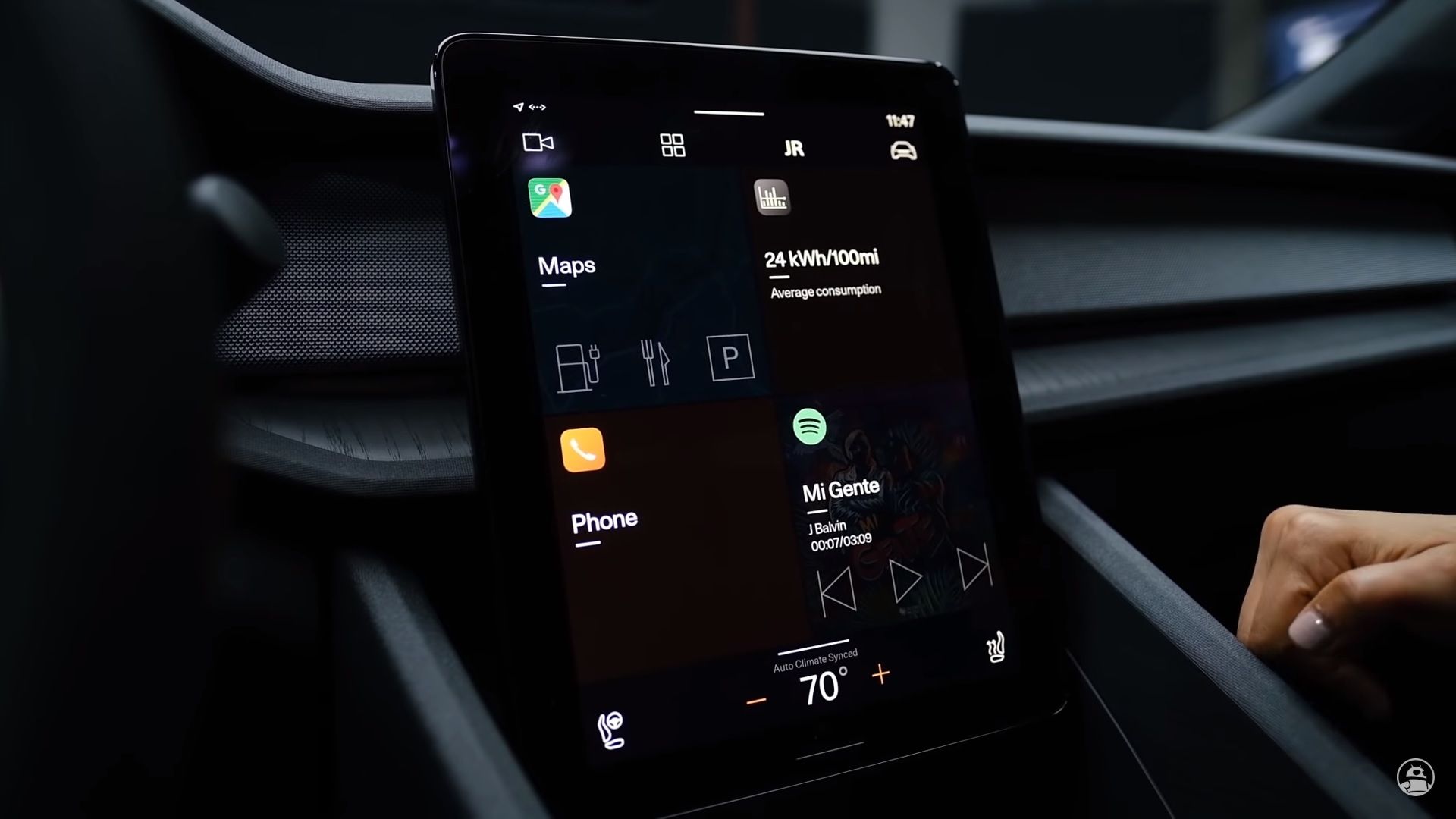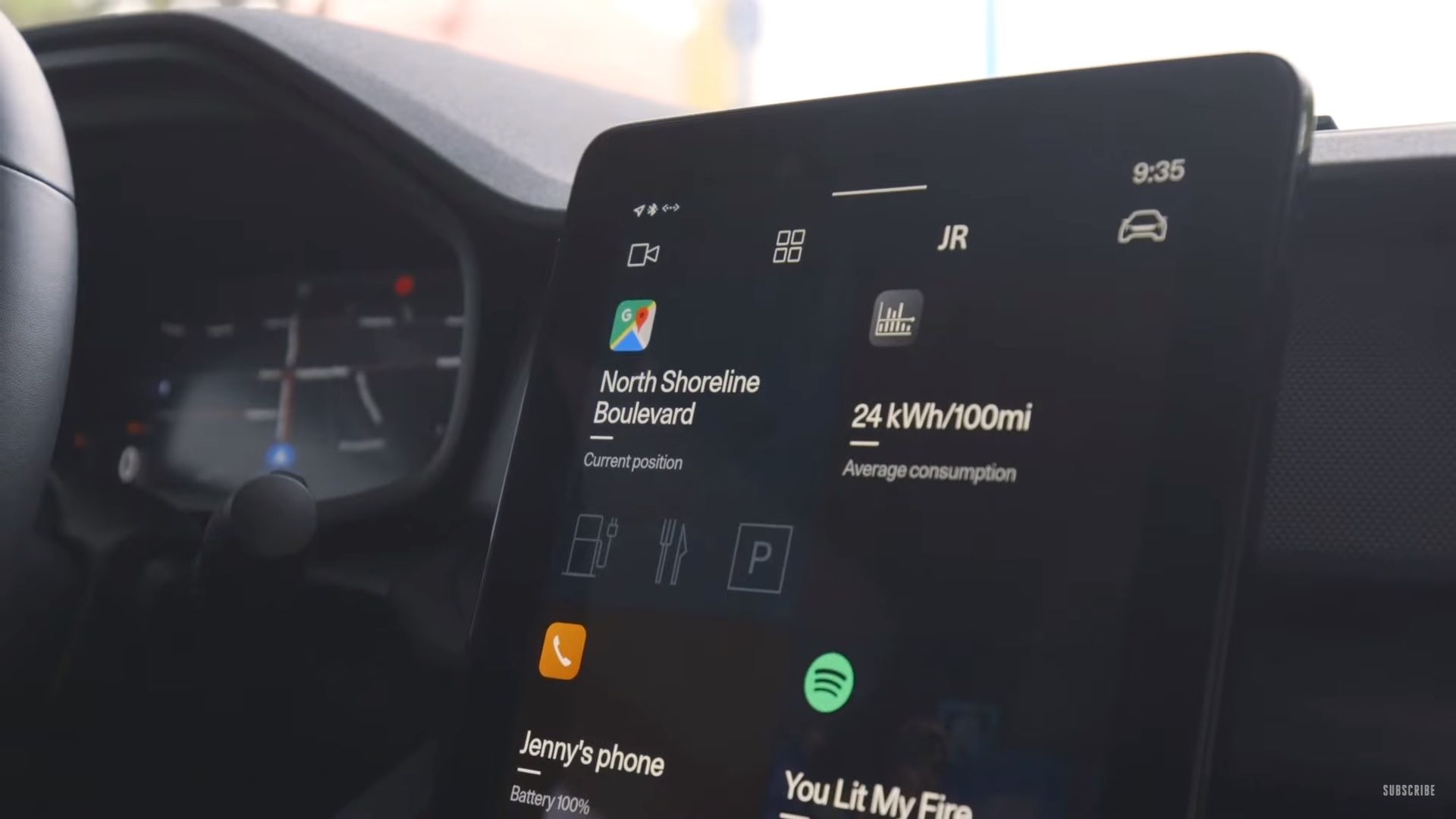Google is looking to enter the automotive infotainment operating system market with Android Automotive OS, not to be confused with Android Auto, a system that is already included in the infotainment system of most new cars and allows users to display their phone operating system on a car’s infotainment system. Android Automotive OS is different, and it is actually a fully-fledged operating system specially designed to have all the functions we’ve come to expect from automotive infotainment solutions.
What is Android Automotive OS?
With Android Automotive OS, you won’t have to plug your phone into the car to have Android come up on the car’s screen, because some cars will come with an automotive version of Android pre-installed. And, this is good news because not only are many current infotainment systems quite bad but also because not all offer the option to use your phone’s operating system instead.
The first car this system will be commercially available on is the Polestar 2, the upcoming Tesla Model 3, and Model Y rival from Volvo’s electrified performance arm, Polestar. Polestar 2 is the second model under the new sub-brand and the first all-electric model, and it will come with Android Automotive from day one when it launches late this year or early in 2020.
Some automotive and tech journos have had a chance to try the system out on a pre-production Polestar 2 and what they report is very encouraging.
So if this is a purpose-built automotive Android OS, then apps can be designed specifically for it, without the constraints associated with mobile devices - usually battery-related constraints. It will also be made to receive over-the-air updates from Google, much in the same way Tesla sends wireless updates to its current models. And, since the system is designed for automotive uses, it will have climate functions, safety features, and other car-related features that are not present when you run Android Auto through your phone.
Further reading
Read our full review on the 2020 Polestar 2.
Read our full review on the 2018 Tesla Model 3.
Read our full review on the 2020 Tesla Model Y.


